History of Vanilla
Mention vanilla, and people are apt to think of the ice-cream flavor they select when confronted with a mind-boggling selection: "just plain vanilla." What started out as one of the most exotic flavors to be introduced to the European palate has come to be equated with blandness. Even more astonishing, a plant once considered an aphrodesiac has, in recent years, become a label for less-than-exotic lifestyles, as evidenced by the disparaging use of the word "vanilla" by the self-proclaimed avant-garde. Just the sight of this tropical yellow-flowered orchid wrapping its vines around its neighbors would be enough to dispel this notion once and for all.
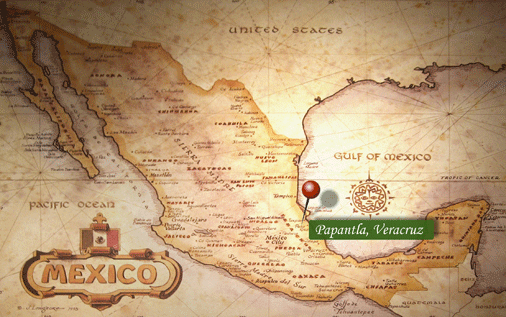
The use of this Mexican native plant by the Aztecs was first recorded by the faithful chronicler of the 1520's Spanish expedition to central Mexico, Bernal Diaz. Observant of domestic details, Diaz made extensive notes on the culinary customs of the New World, especially those of the emperor Moctezuma's court, where ground vanilla beans flavored the royal chocolatl beverage. Called tlilxochital, meaning in this case "black pod", the plant was one of the rarer tributes paid from outlying parts of the empire, most notably by the Totonacs of the tropical highlands of Veracruz.

So jealously guarded were the Totonoc's secrets for curing the vanilla pods that they were said to have sworn terrible oaths to discourage outsiders from obtaining knowledge of the subject. Nevertheless, the Spaniards imported the already-cured pods to Spain in the early days of the conquest. (The word vanilla is derived from the Spanish vainilla, meaning "little pod.") It was not until the 18th century, however, that the cultivation and curing process was taken up by Europeans, not the Spanish but the French.
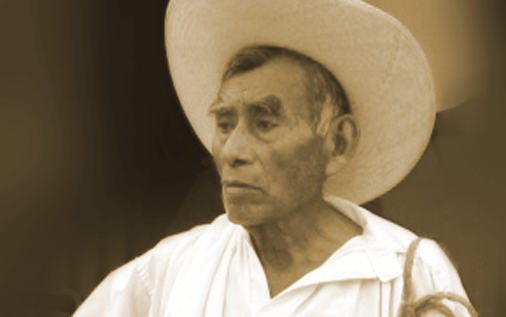
The French colonists in the state of Veracruz began by cultivating vanilla in its native soil, but were deterred by the fact that the plant's natural polinators, meliponid bees, were not the most efficient, and slowed production considerably. It was not until the French began to grow vanilla in climate controlled greenhouses in France that experiments in artficial fertilization yielded a much greater crop production. The French, who then began to use this method in Veracruz, were accused by the Totonocs of stealing their crop and were forced to share their new and improved technology. Thus gave rise to the fascinating story of the Totonoc vanilla barons.
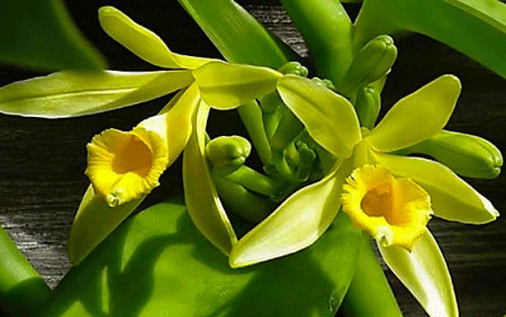
The Totonocs, with their ancient knowledge of the plant, along with the new fertilization methods, became wealthy exporting vanilla pods. One of the first things they did with their new-found riches was to travel to France. Chartering transatlantic ships for themselves, they arrived in Paris, accompanied by French-Totonoc translators, and enjoyed the best the city had to offer, including architects who designed fabulous mansions for them. To this day, one of these buildings stands on the Rue Saint Germain, with Totonoc motifs incorporated into its facade.
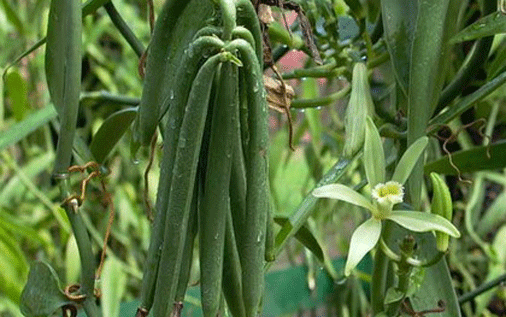
The Totonocs' curing methods were many and varied, and several are still used today, including sun-drying, drying over wood fires, and "sweating" to release the plant's natural enzymes. Although Mexican vanilla is considered by connoisseurs to be the most fragrant in the world, the pods do not have their distinguishing fragrance when plucked from the flower. It is only the cured product which releases this delicious aroma.
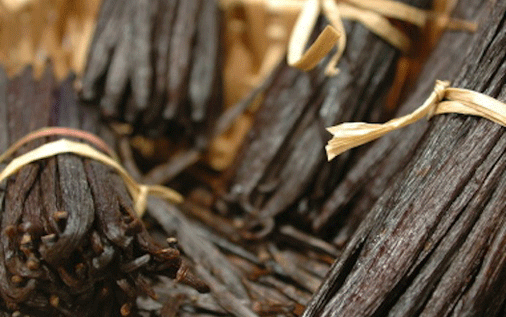
While now cultivated in other parts of the world, including the former colonies which made up French Polynesia, it is in Mexico where vanilla's ancient secrets are best kept. Among these is the fact that, when allowed to over ripen so that the pods split, the flavor of vanilla is at its finest. While unsuitable for a large export market, these pods are carefully harvested and sold to gourmets the world over, willing to special-order them direct from the source.